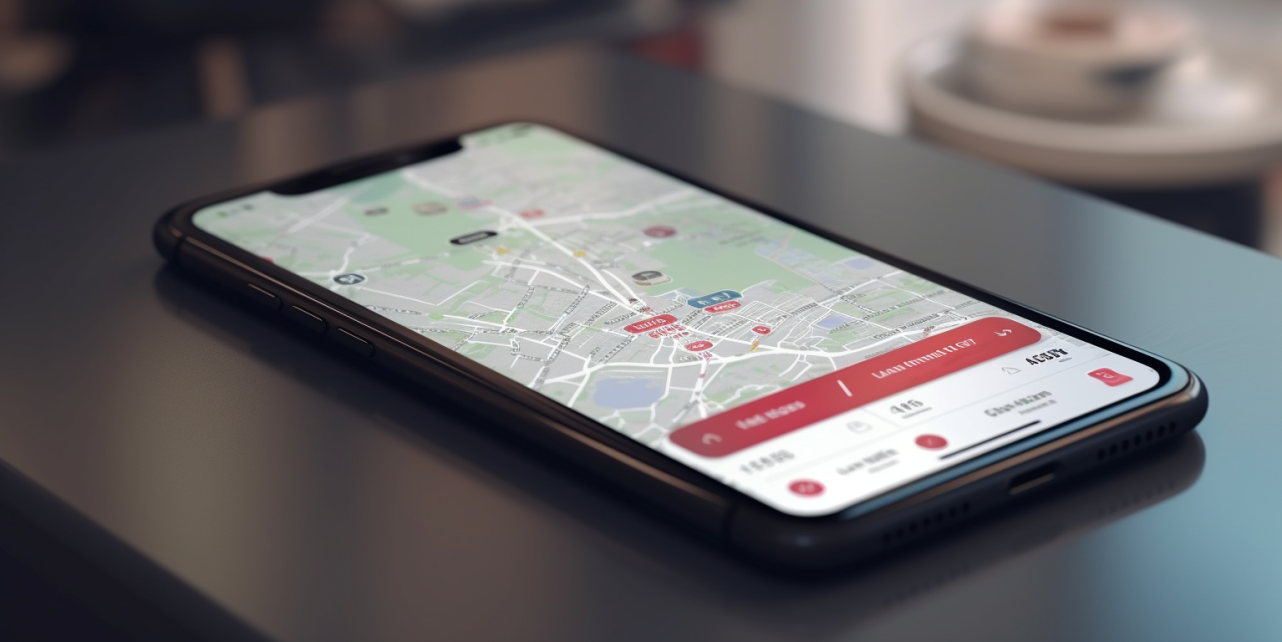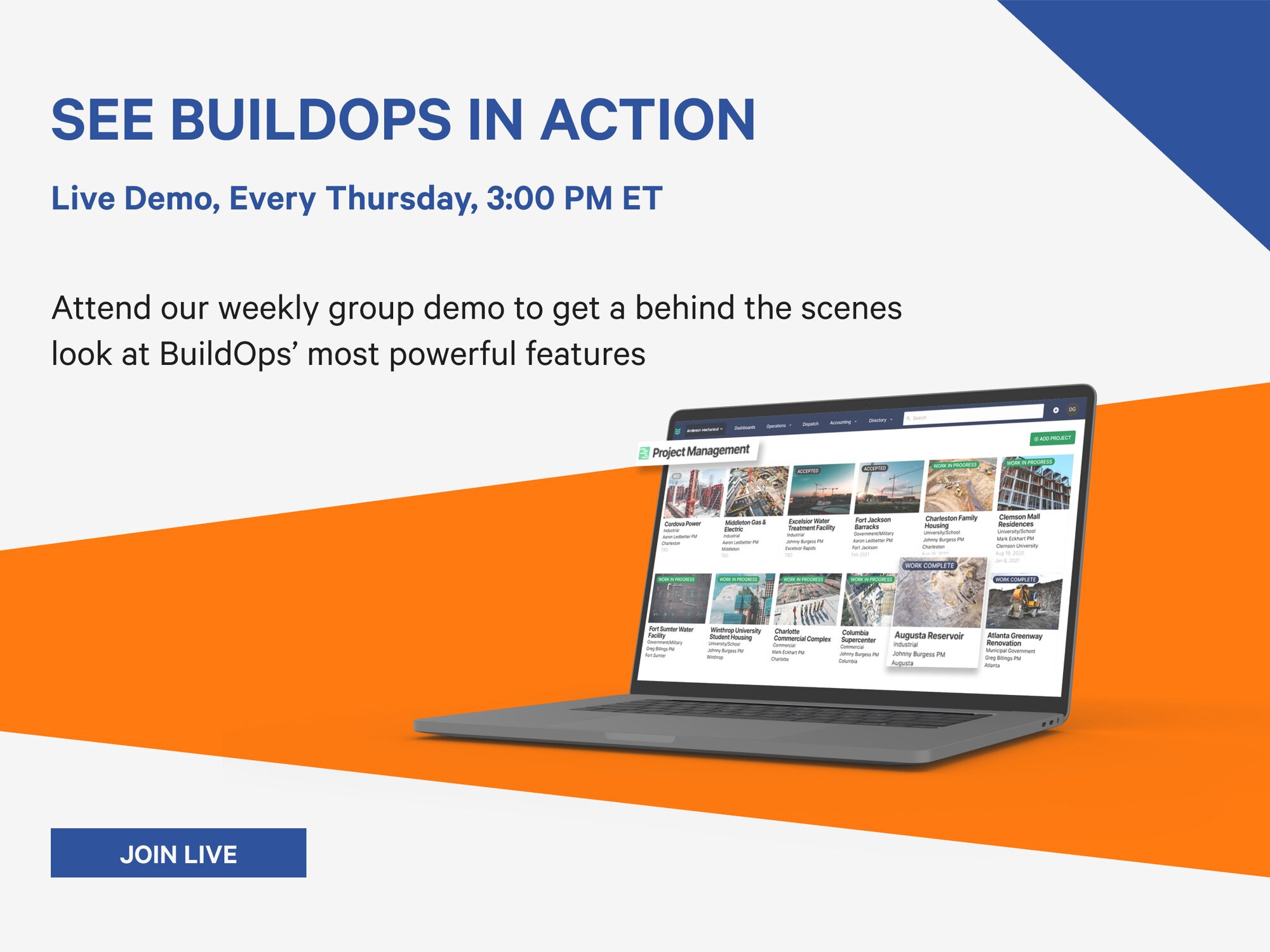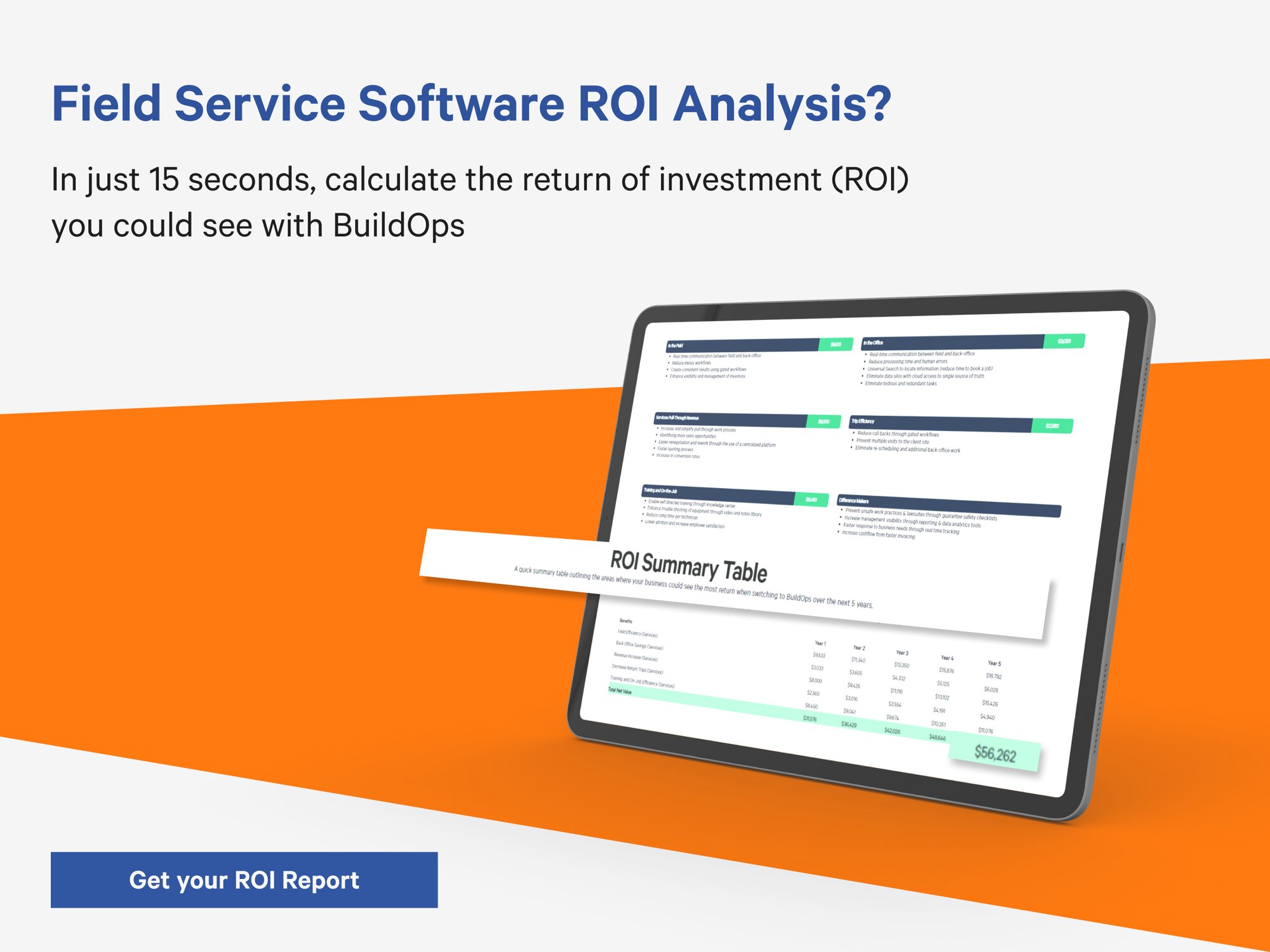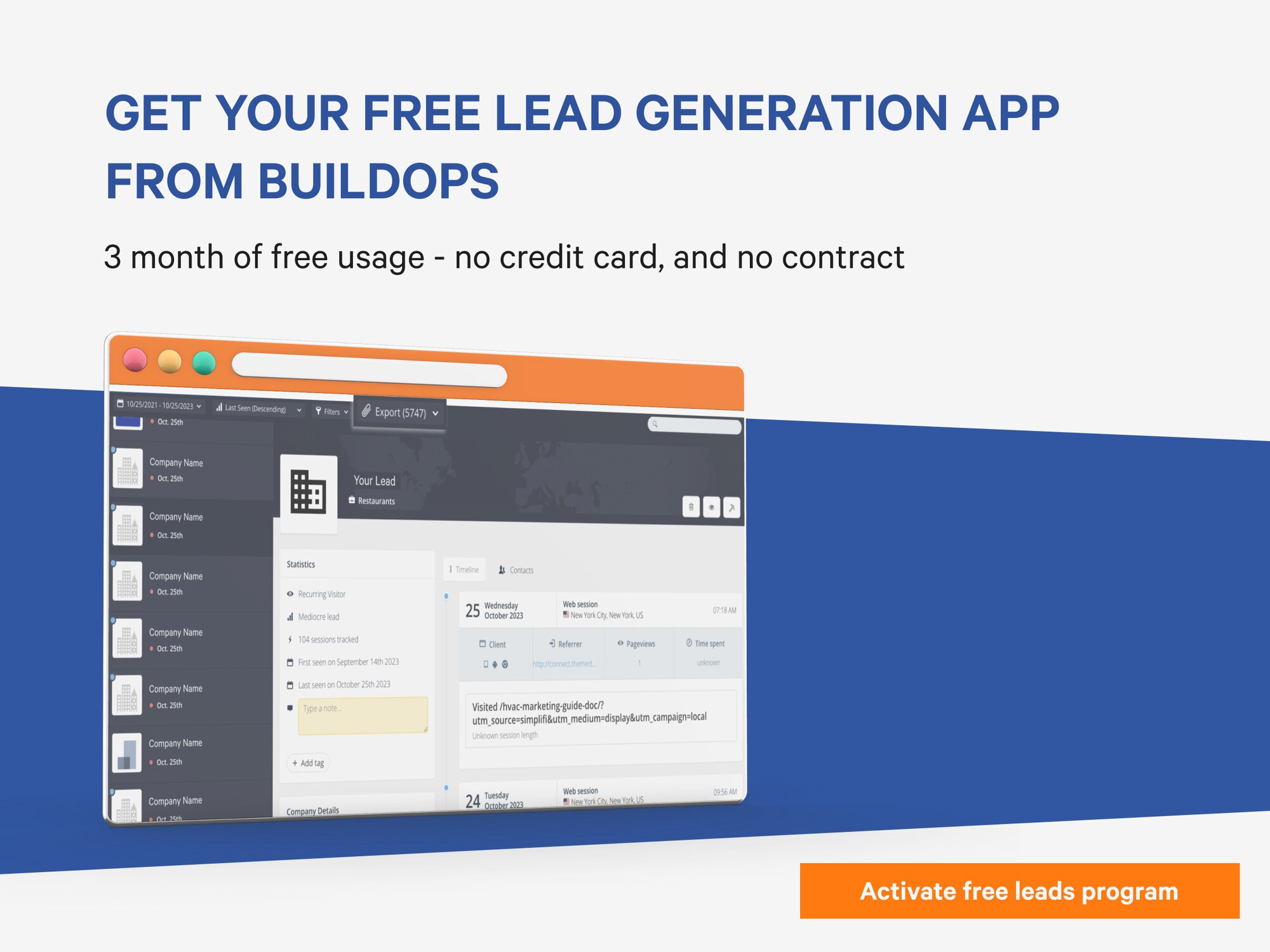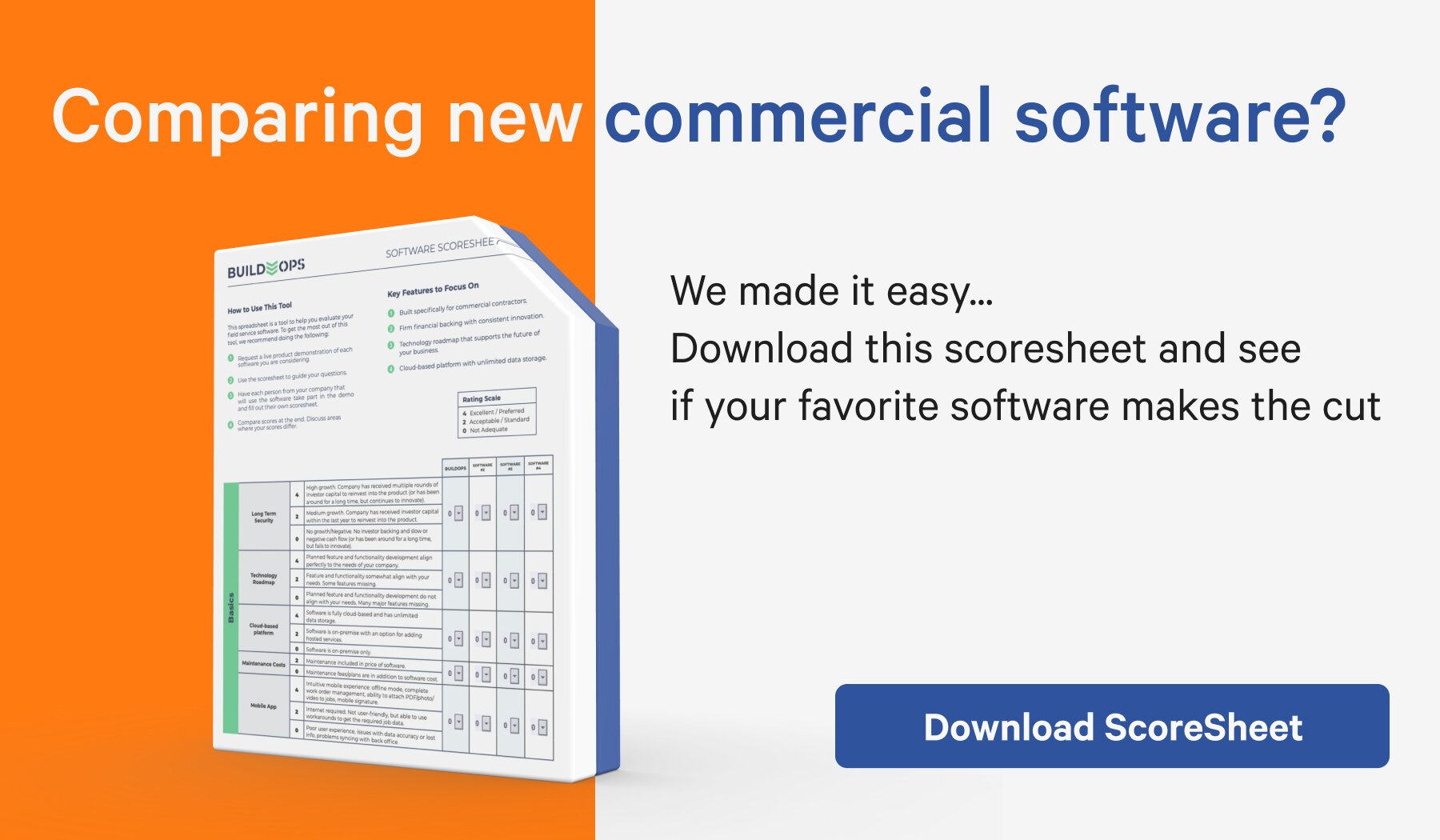Key Takeaways
Dispatching drivers is a crucial and complex process that requires an efficient and customer-focused workflow. Utilizing an app for dispatching drivers can streamline this process. Below are best practices for utilizing an app for dispatching drivers.
Create a Comprehensive List: Start by creating a comprehensive list of drivers including their contact information and availability. Next, Record any relevant details such as insurance information, upcoming driver absences, or recommendations. All in all, This will save time and help ensure accurate dispatching when deploying drivers.
Use Automated Workflows: Automate certain aspects of the dispatching process, like notifying drivers of job availability. This will save time and energy for dispatchers and ensure drivers are aware of their jobs.
Utilize GPS Technology: Utilize GPS tracking technology to track drivers’ delivery routes and ensure they are on time. This will also help with route planning and ensure customer deliveries are on schedule.
Integrate Complications: Integrate any necessary complications, such as fleet management or a payroll system, for further streamlining. This will help dispatchers save time, ensure accuracy, and facilitate an efficient workflow.
Utilizing an app for dispatching drivers will enhance the customer experience, provide better route tracking and scheduling, and help ensure accurate dispatching. Implementing these best practices will ensure efficiency and a successful deployment of drivers.
The Benefits of Utilizing an App for Dispatching Drivers
Utilizing an app for dispatching drivers offers many benefits for fleets, dispatchers, and customers. Through this technology, dispatchers can provide more efficient, customer-focused workflow and ensure accurate dispatching of drivers. Below are some of the benefits of utilizing an app for dispatching drivers.
Faster Delivery Times: An app for dispatching drivers can significantly reduce delivery times. Through automated workflows, dispatchers are able to quickly find and assign the right driver for the job.
Accurate Seasonal Scheduling: Utilizing an app for dispatching drivers helps dispatchers accurately calculate seasonal changes in delivery and driver availability. This will ensure peak demands are accurately accounted for and errors in scheduling are prevented.
Better Customer Experience: Utilizing an app for dispatching drivers allows customers to track deliveries in real-time, providing an improved customer experience. It also allows customers to provide feedback on drivers and the delivery process.
Increased Safety: Through GPS tracking technology, dispatchers are able to keep a better eye on their drivers and ensure their safety. This will also allow dispatchers to monitor driving speed and offer a more accurate record of routes and delivery times.
Utilizing an app for dispatching drivers can help fleets and dispatchers provide an improved customer experience, faster delivery times, and increased safety. Investing in this technology can enhance customer satisfaction and help foster a successful workflow.
Defining and Implementing Best Practices for App Utilization
Defining and implementing best practices for app utilization is a crucial part of managing any business. The right best practices can help organizations maintain a successful workflow and efficient utilization of resources. Below are some key practices for defining and implementing best practices for app utilization.
Identify Business Objectives: Start by identifying the business objectives that the app should help the organization achieve. This will help define the specific goals and functionalities that the app should have.
Analyze User Patterns: Analyze user patterns to understand how the app is being used and if it is meeting the intended objectives. This will help identify any areas that need improvement and ensure users get the most out of the app.
Create a Comprehensive System: Create a comprehensive system for training users and troubleshooting issues. This will ensure users are properly trained in how to use the app and any potential issues can be addressed quickly.
Ensure Data Security: Ensure data security and privacy of users’ data. This will help ensure the safety of any information stored in the app and provide peace of mind to users.
With all things considered, by defining and following best practices for app utilization, organizations can create an effective, efficient, and secure app. Implementing these practices will help organizations achieve their goals and foster customer satisfaction.
Steps for Setting Up an App and Creating a List of Drivers
Setting up an app and creating a list of drivers is a crucial step for managing fleets efficiently. This step ensures drivers are located quickly and customers are satisfied with timely deliveries. Below are the steps for setting up an app and creating a list of drivers.
Create a Comprehensive List: Start by creating a comprehensive list of drivers and recording relevant details such as vehicle specs, insurance information, or upcoming driver absences. This will provide a comprehensive overview of drivers and their availability.
User Profiles: Create user profiles for all drivers. It is important to include basic information such as name, contact information, and license numbers. This will help ensure accurate dispatching and streamline the process.
Input Data on Drivers: Input the necessary data into the app for each driver. This includes address book entries, route descriptions, and any other pertinent information. This will help ensure the accuracy of the information and facilitate a successful deployment.
Assign Jobs: Assign jobs to drivers in the app and ensure they are aware of them. This will enhance the customer experience and help guarantee the accuracy and timeliness of deliveries.
Setting up an app and creating a list of drivers is essential for managing fleets efficiently. All in all, Following these steps, will enable dispatchers to correctly deploy drivers, as well as, ensure customer satisfaction, and provide an efficient workflow.
Utilizing Automation, GPS Tracking, and Integrations for Optimal Efficiency
Utilizing automation, GPS tracking, and integrations can help fleets and dispatchers achieve an optimal level of efficiency. Automated workflows and GPS tracking save time and energy for dispatchers and allow customers to track their deliveries. Below are steps that fleets and dispatchers should take to use automation, GPS tracking, and integrations for optimal efficiency.
Create Automated Workflows: First, Start by creating automated workflows so that aspects such as scheduling and job assignments are done without manual intervention. This will save time and energy for dispatchers and ensure accuracy.
Use GPS Tracking Technology: Concurrently, Use GPS tracking technology to track drivers’ delivery routes and ensure they are on time. This will also help with route planning and ensure customer deliveries are timely.
Integrate Relevant Systems: Next, Integrate any necessary systems, such as fleet management or a payroll system, for further efficiencies. This will help keep track of deliveries and keep customers satisfied.
Allow Customer Feedback: Through the integration of customer feedback systems, dispatchers will be able to gain insights and make improvements to the customer experience.
Using automation, GPS tracking, and integrations will help fleets and dispatchers achieve an optimal level of efficiency. Implementing these practices will ensure customers are satisfied and will offer fleets and dispatchers more streamlined and efficient workflows.
Key Takeaways
Utilizing an app for dispatching drivers offers many benefits for fleets, dispatchers, and customers. Through this technology, dispatchers can provide more efficient, customer-focused workflow and ensure accurate dispatching of drivers. To achieve the best results with the app, fleets and dispatchers should create a comprehensive list of drivers, use automated workflows, employ GPS technologies, integrate relevant systems, allow customer feedback, and use best practices for app utilization. These steps will help fleets and dispatchers provide an improved customer experience, faster delivery times, and increased safety.
